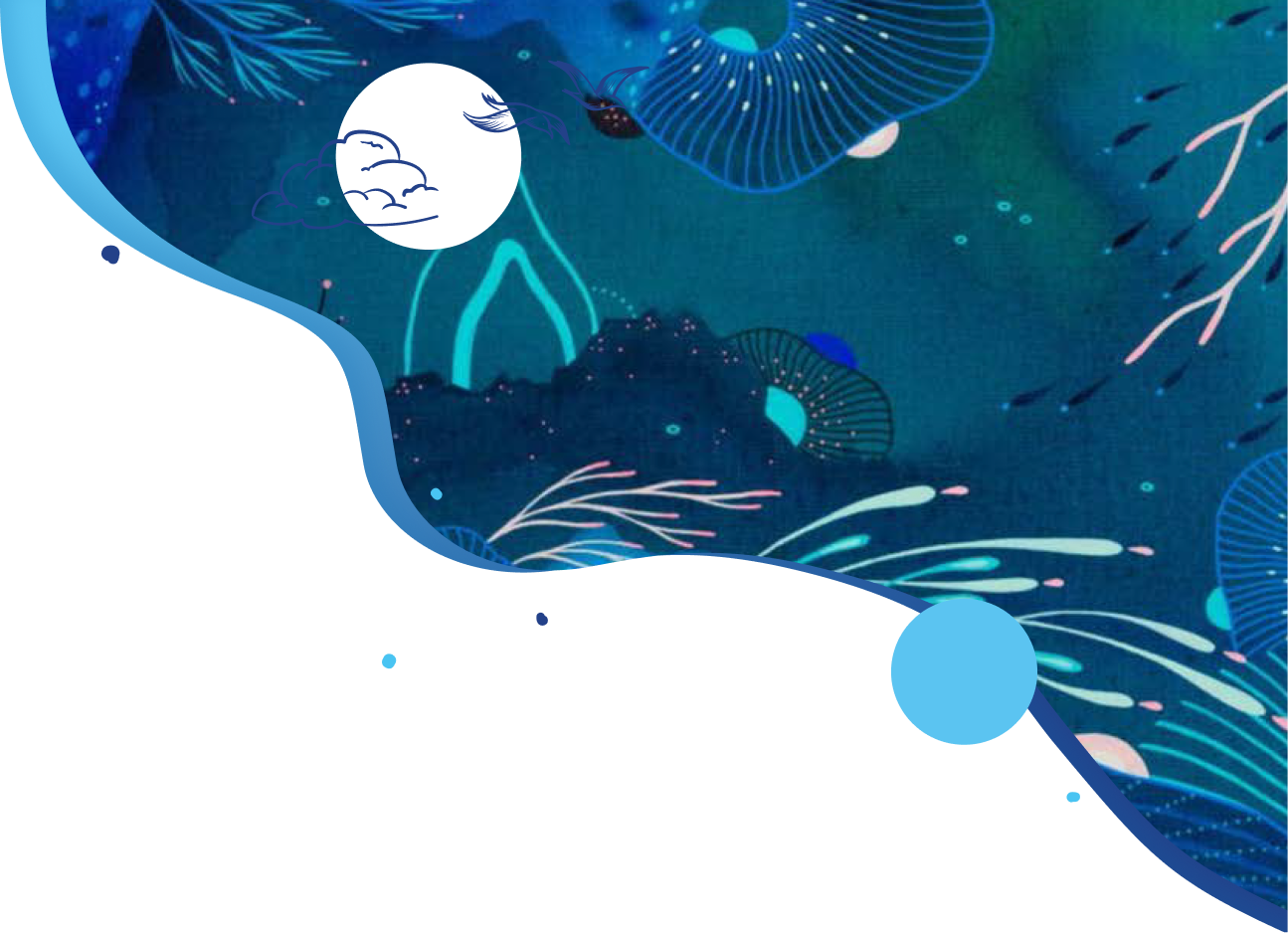Instigated by the DRIVER project, the operations for the ecological restoration and non-degradation of coastal marine habitats have been developing in an experimental, innovative and operational manner over the last few years around a recent scientific discipline whose aim is to restore natural habitats, connectivity and complex ecosystem functions. Scientific assessments and monitoring have made it possible to measure the impacts but also the current limits of these operations to restore biodiversity at sea. Thus, with this solid foundation and after this first period of 10 years, ecological restoration must continue to improve its knowledge and efficiency.
At the same time, biomimicry, whose objective is to observe and understand the living world in order to innovate in a sustainable manner, is structured in an interdisciplinary approach. Drawing its principles from the living world, it makes it possible to envisage forms adapted to the living world, conducive to its development. It also proposes to reduce the impact of proposed solutions on ecosystems and to contribute to their regeneration. Biomimicry is experiencing a recent boom, even a fashion effect, as its potential for application is so great, particularly for the marine environment. The meeting of these two complex disciplines in full structuring is therefore promising. Nevertheless, their growing success, coupled with the complexity of working for and with living organisms, requires a shared framework to be proposed so that biomimicry can become a tool of interest for ecological restoration

